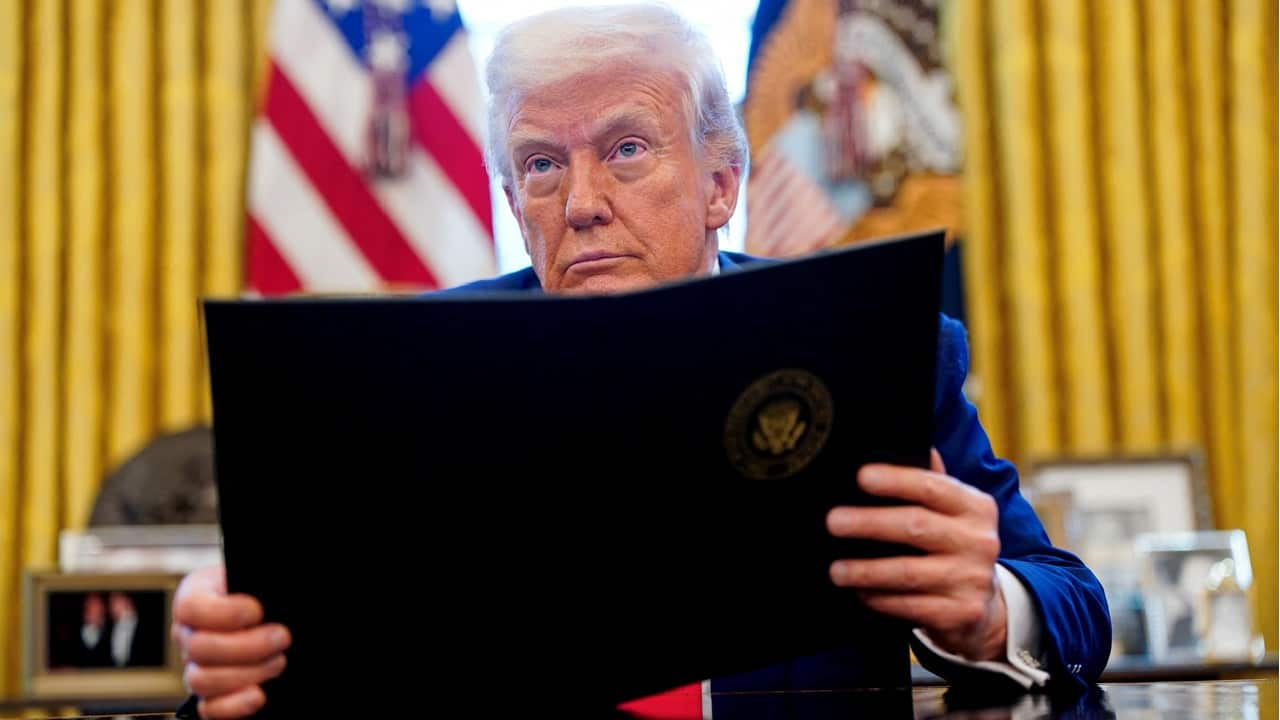The intensifying U.S.-China military competition is shaping threat perceptions in Asian capitals, leading many countries to revisit their defence postures and doctrines. Asia experienced its largest-ever military spending increase in the last decade, fuelling regional “militarisation”. The U.S. trade war is impeding diplomacy that might manage these dynamics.
Continued militarisation aggravates threat perceptions among regional powers and creates conflict risks. Concretely, it raises the probability of unintended collisions and accidents in the air and at sea that involve either the U.S. or one of its allies and partners, on one side, and China on the other.
What should be done? The U.S. and China should expand defence discussions and bolster channels for communicating intentions and red lines. For deterrence purposes, President Donald Trump should underscore his support for U.S. officials who are working to strengthen regional alliances. The two countries should also continue efforts to end the U.S.-launched trade war.










